Walking Camino Portugues
Beautiful landscapes, unknown routes and the Atlantic Oceana as an eternal companion. In this blog you can read all the information we have about the variants of the Camino Portugues. It helps you prepare for walking Camino Portugues. Or are you still unsure between the inland variant and the coastal route? You can also read this blog about walking Camino Portugues.
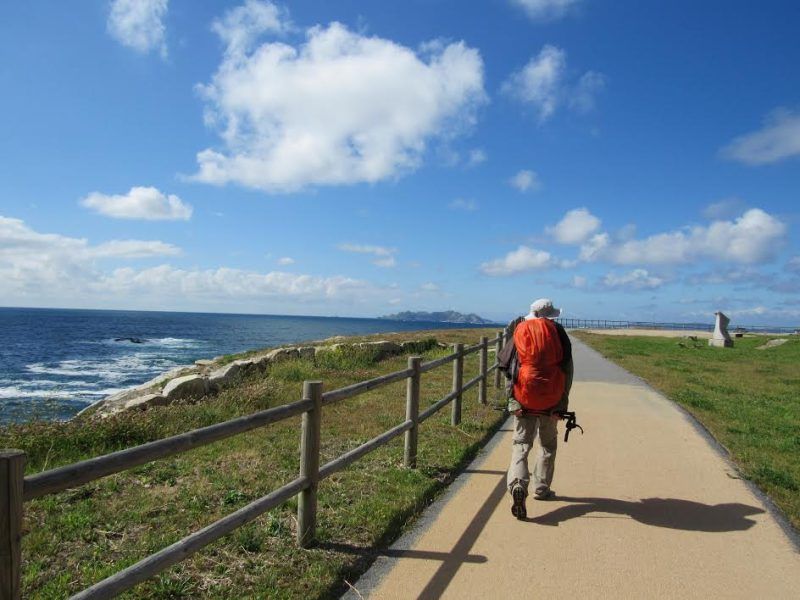
The history
Walking Camino Portugues along the coast was developed by pilgrims who reached by boat from lands on the Portuguese coast and then walked northwards.
Although the word “coastal” suggests you’ll be spending a lot of time by the ocean, much of this trail actually runs inland. For ancient pilgrims, the goal was to walk to Santiago de Compostela along the most touristic route, not to appreciate the natural beauty of the coastline.
What you need to know about walking Camino Portugues along the coast
About 30% of pilgrims that are walking Camino Portugues, choosing the variant along the coast. The Portuguese Camino along the coast is becoming increasingly popular and many pilgrims choose this route as an alternative to the Camino Frances.
Walking Camino Portugues along the coast starts in Porto and you walk through special Portuguese cities such as Viana do Castelo, A Guarda and Baiona. The pilgrimage route is a total of 270 km long. From Caminha you arrive in A Guarda, in Spanish Galicia, in the heart of the Rías Baixas, to continue your pilgrimage as it curves inland towards Santiago de Compostela. This way you will discover the Atlantic beauty and sandy beaches of Northern Portugal and Southern Galicia while walking the Camino Portugues.
Please note: the Caminho da Senda Litoral follows the coastline, while the coastal variant of the walking Camino Portugues occasionally meanders inland and overlaps with the Senda Litoral in certain parts.
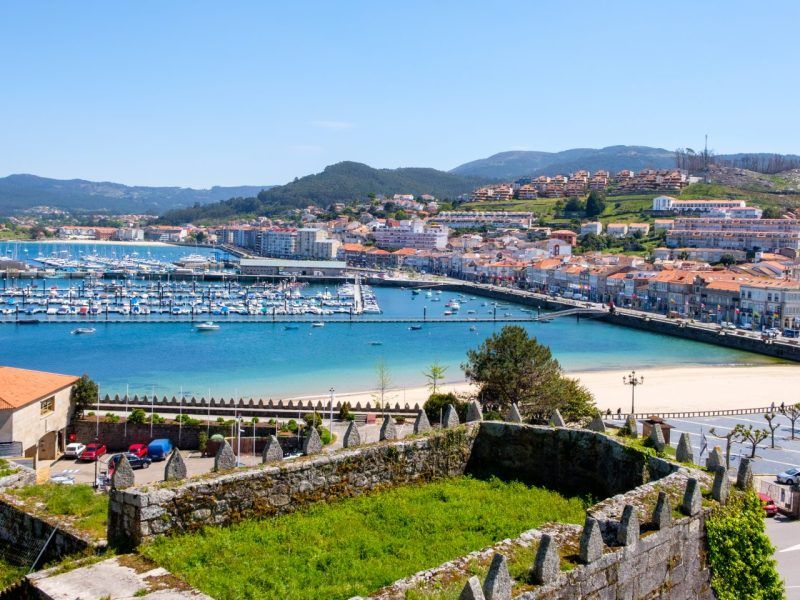
* We promise not to send spam. You can unsubscribe at any time.
When is the best time to walking Camino Portugues along the coast?
The best time to walking Camino Portugues along the coast is in April and May. Or September and October. The months of July and August are better to avoid. Why? There are two reasons for this:
- During these months it can be warm. And especially during the first stages, where you walk along the coast, there is little shelter. The wind from the sea is then very treacherous. It can feel cooler, so you don’t immediately feel the heat of the sun. The danger of heatstroke is there…
- The prices of overnight stays are higher during this period. The coast is an attractive place for tourists during the summer. Not so much pilgrims, but holidaymakers. There is a lot of demand during that period. And so the accommodations charge a higher rate.
Beautiful views along the Atlantic coast
Walking Camino Portugues along the coast is, like the Camino Portugues inland, a historic route used by pilgrims as early as the 12th century. Santiago was the patron saint of Portugal for centuries and during the Middle Ages several temples were dedicated to him in the coastal towns through which this pilgrimage route passes. In 2010, the coastal route was recognized by the Xunta de Galicia and included as an official route to Santiago de Compostela.
The starting point of walking Camino Portugues along the coast is, as mentioned, in Porto, the second most important city in Portugal. In addition to enjoying the already enriching experience of the Camino de Santiago, you can enjoy unique landscapes and visit beautiful cities.
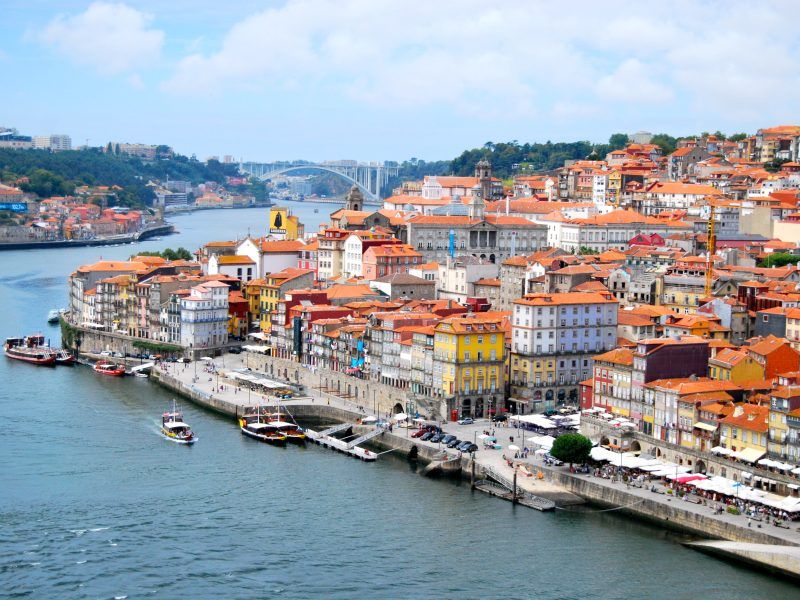
From Portugal to Spain during the Camino Portugues walking along the coast
On the Portuguese side of this pilgrimage, don’t miss the view from Gaia (the Shrine of Santa Luzia), located in Viana do Castelo – at an altitude of 230 meters – . Also recommended is the historic center of Caminha. The Camino Portugues also offers countless sights along the coast in Galicia. The route on Spanish soil starts in A Guarda, which offers unparalleled views of the Miño River estuary from Mount Santa Tegra. The sunsets from here are spectacular.
This first Galician stage ends in Oia, where you cannot miss one of the gems of this route: the Cistercian monastery of Santa María de Oia, from the 12th century. The trip along the coast of Galicia offers us unparalleled views, such as those of the cliffs of Cabo Silleiro, those of the Parador de Baiona or those of the Atlantic islands near Vigo.
In Redondela, walking Camino Portugues along the coast joins those walking the Camino Portugues through the interior. They walk via Ponte de Lima, Valença do Miño, Tui and O Porriño to Santiago. Here you leave the coastline to enjoy other unique landscapes.
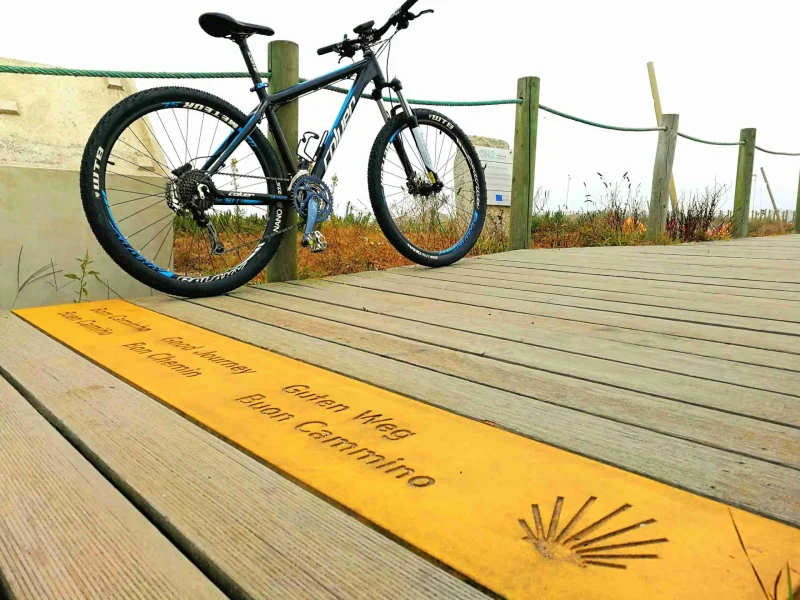
Also interesting for bikes
In addition to its beautiful landscapes, walking Camino Portugues along the coast is a fairly easy route and well signposted. The pilgrim route has hardly any bumps and is therefore ideal for cyclists. ‘Bicigrinos’ can even cover a number of stretches on a cycle path, such as between A Guarda and Baiona. You can cycle the Camino Portugues with a mountain bike or an Ebike.
We have mapped out a special route for those who want to discover the Camino Portugues by mountain bike or Ebike. The number of km in some stages seems short. However, remember that you are cycling in Portugal and Spain. So this cycle route is certainly not completely flat. We also want you to have enough energy to enjoy the surroundings, villages and cities.


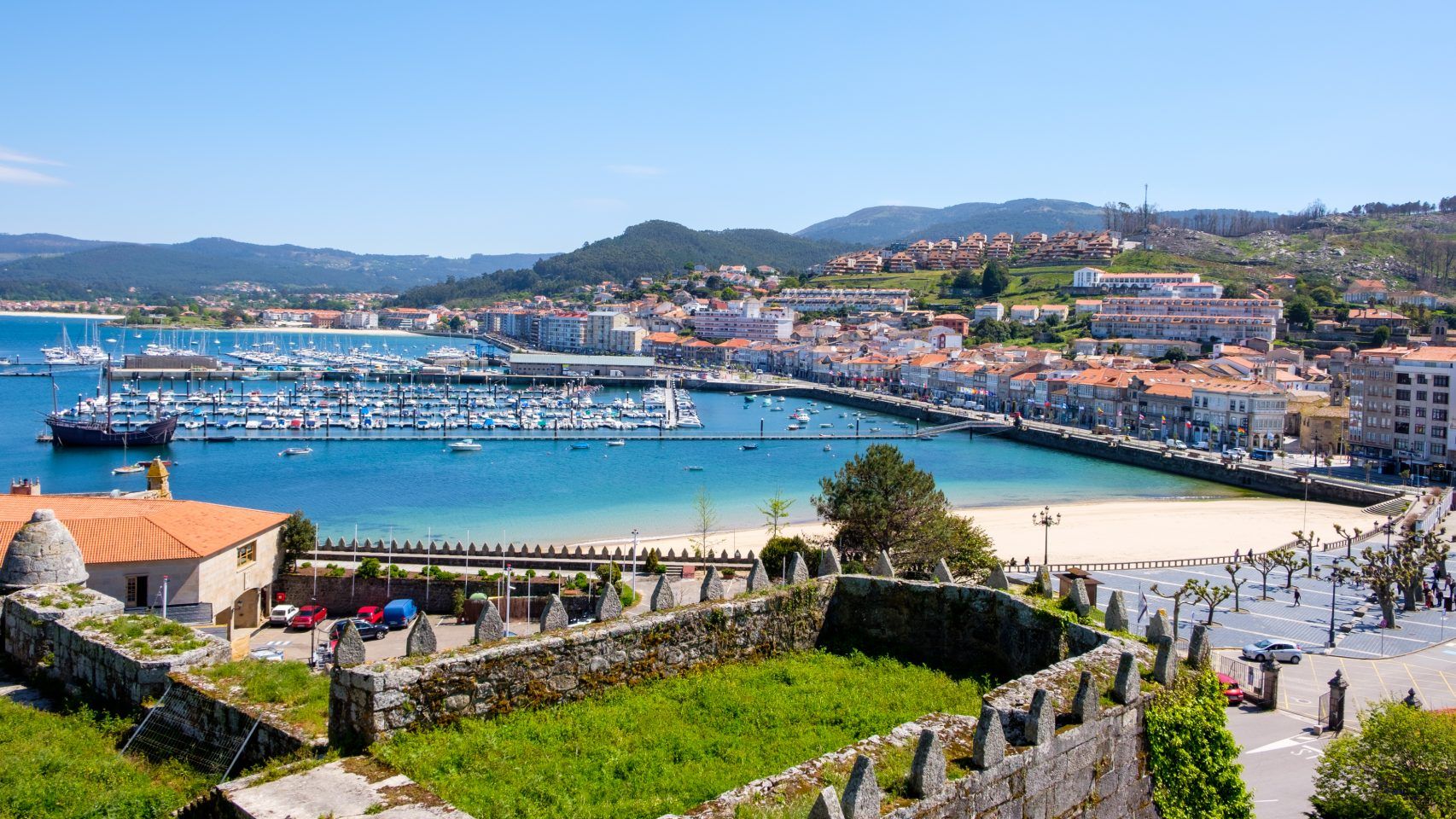
Comment (0)